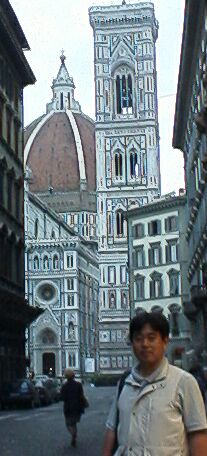
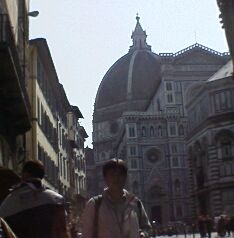
Florence
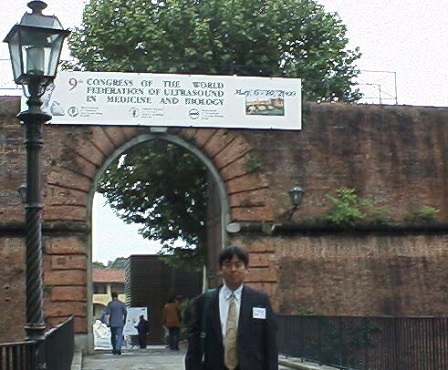
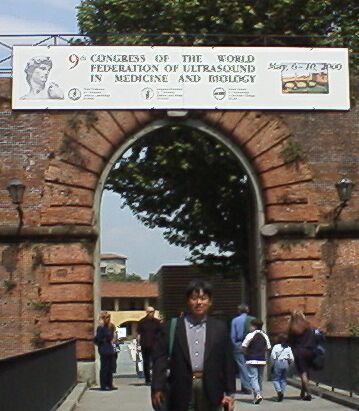
the Fortezza da Basso
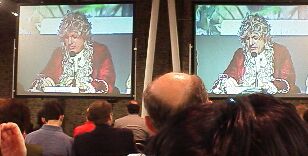
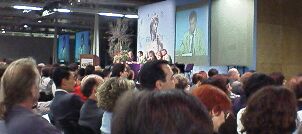
SATURDAY, MAY 6
OPENING CEREMONY
The ceremony took place at the Fortezza da Basso and was followed by cocktails.
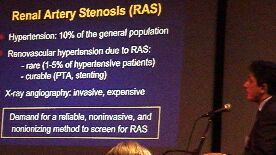

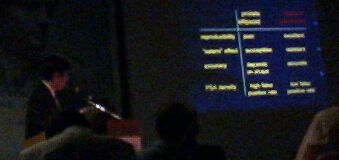

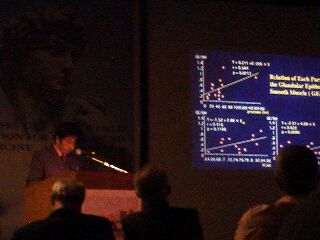



WELCOME COCKTAIL
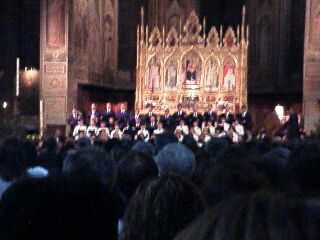
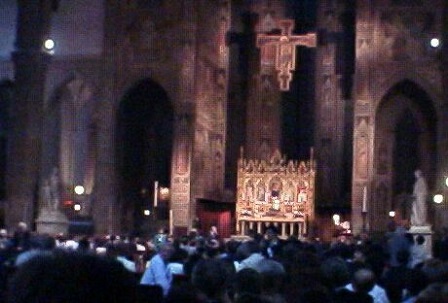
MONDAY, MAY 8
CONCERT
An exclusive classic musical concert (orchestra, choir and solists, music of A. Vivaldi)* was held in a ancient Church in town

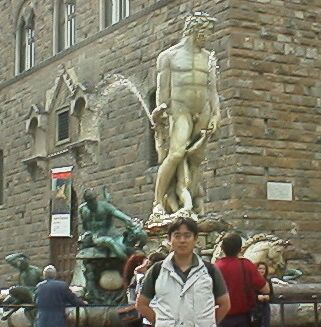
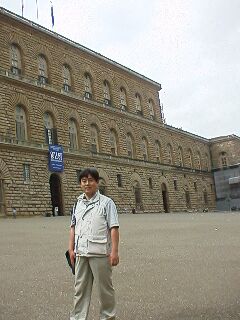 Pitti Palace
Pitti Palace
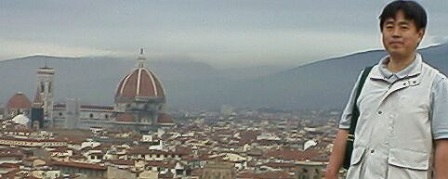
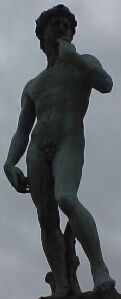
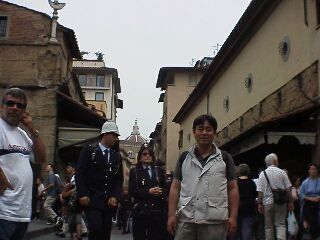 Ponte Vecchio
Ponte Vecchio
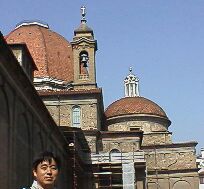

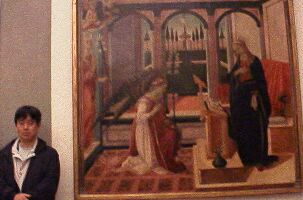
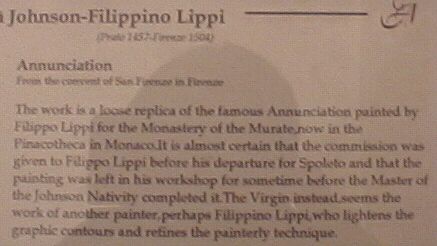

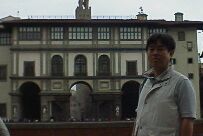 Uffizi Gallery
Uffizi Gallery

SUNDAY, MAY 7
THE PRINCE'S ROUTE: PALAZZO VECCHIO, UFFIZI GALLERY, VASARI CORRIDOR, BOBOLI GARDENS
The Prince's Route was constructed in 1565, when Cosimo I de' Medici commissioned the building of a Corridor linking the Uffizi Gallery to Pitti Palace and crossing the Arno. The project was designed by Giorgio Vasari. The Prince's Route was very useful both to members of the family and of the court for them to go from Palazzo Vecchio (the government headquarters) to Pitti Palace (the residence of the court). The main advantage of this route was that they did not have to walk among common people. From Palazzo Vecchio one can reach the Uffizi Gallery through a suspension bridge then enter the Corridor, which runs parallel to Lungarno Archibusieri (the street along the Arno) and crosses the river on Ponte Vecchio (Old Bridge). This magnificent route continues through the Church of Santa Felicita, passes along Boboli Gardens and ends in the Palatina Gallery inside Pitti Palace. Both the Medici and the Lorena families used the Prince's Route for over three centuries. Today this route is part of the museums of Florence and three art exhibitions can be found inside the Corridor. These exhibitions include works from the school of Caravaggio; the most extensive collection of self-portraits of many artists; and portraits of many European and Fiorentine monarchs and princes.
PISA
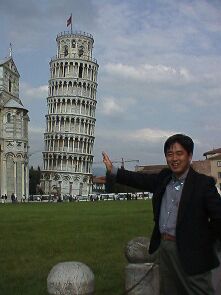
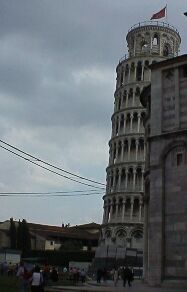
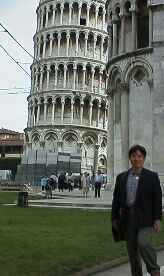


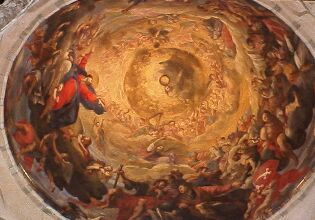
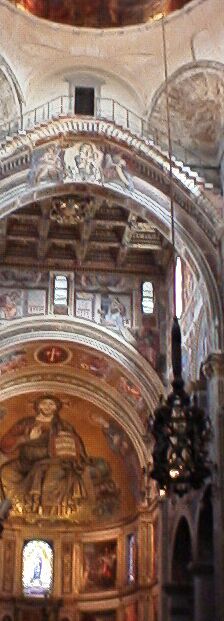
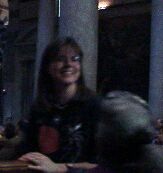
TUESDAY, MAY 9
The trip to Pisa, city of the Leaning Tower. This will enable you co admire Campo dei Miracoli, one of the most representative religious complexes to be found anywhere in the world, with the great eleventh-century cathedral, the Leaning Tower (commenced in 1174), Diotisalvi's Baptistery dating to 1152 and the Monumental Cemetery (Camposanto Monumentale) commenced in 1278 based on a design by Giovanni di Simone.